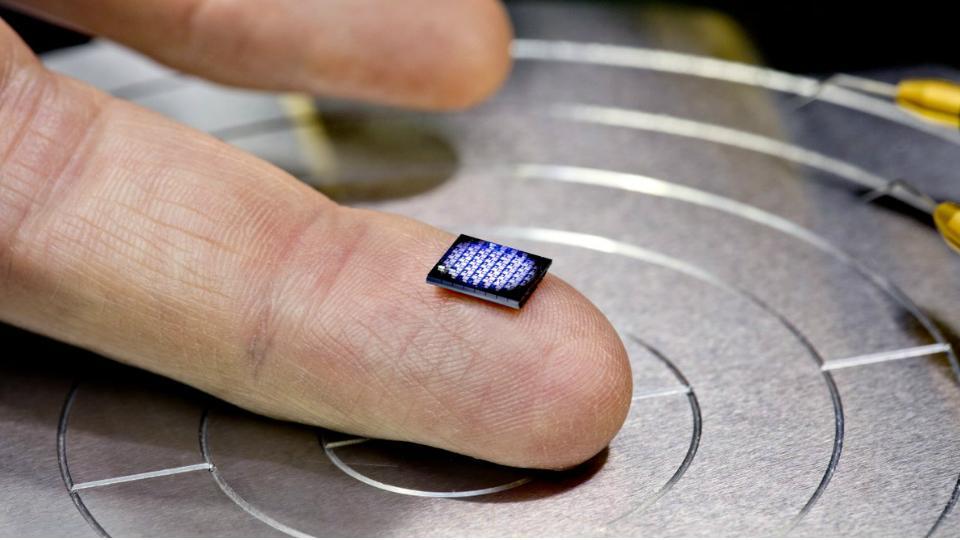

But this is exactly the same challenge that all post silicon electronics has to face. Unfortunately, no existing technology allows the cutting of materials with true nanometer precision. However, professor Andre Geim counseled: “It is too early to promise graphene supercomputers. Transistors made of graphene started showing advantages at sizes below ten nanometers, the miniaturization limit at which traditional silicon-based technology is predicted to actually fail. The record was set by the edge of a graphene sheet, meaning. Novoselov and Professor Geim, the smaller the size of the transistors, the better they perform. A new paper released this week, however, describes a record-setting design that has the smallest transistor gate length yet reported. In recent decades, manufacturers have crammed more and more components onto integrated circuits, followed by a number of transistors and the power of these circuits have doubled roughly every two years.Īccording to Dr. Kostya Novoselov and Professor Andre Geim from The School of Physics and Astronomy at The University of Manchester who developed the tiny transistor said that graphene could be carved into tiny electronic circuits with individual transistors having a size not much larger than that of a molecule. Using the world's thinnest material called graphene, a team at the University has produced the transistor that is marking the first true electronic nanocomponent, the journal 'Science' reported. The researchers here have created the world's smallest transistor, which is just one atom thick and ten atoms wide, a little bigger than a molecule. Like clockwork, engineers were finding ways to reduce the size of transistors. Transistors amplify or switch electric signals and are the fundamental building blocks of modern electronic devices. By the 1960s, computer scientist (and Intel co-founder) Gordon Moore made an interesting observation: He noticed that every 12 months, engineers were able to double the number of transistors on a square-inch piece of silicon.

But today, we’re approaching the limit of how small transistors can get. The worlds smallest transistor, made from only six atoms of carbon suspended between two gold electrodes, has been created by scientists from the US and South Korea. And for a long time, the smaller the transistors were, the faster they could switch. But some physicists and engineers think we might be bumping up against some fundamental physical limits when it comes to transistor size.The University of Manchester continues to innovate with the world’s smallest transistor. Transistors, the tiny switches that implement computer microprocessors, are so small that 1,000 of them laid end-to-end are no wider than a human hair. These will use transistors measuring a mere 32 nanometers in width. Intel and other microprocessor manufacturers are already working on the next generation of chips. Martin Fuechsle The smallest transistor ever built probably the smallest that can ever be built uses a single phosphorus atom, in a breakthrough that could be one more step on the path. By the 2010s, Intel produced microprocessors with transistors measuring only 45 nanometers wide. But that raises an interesting question: How small can transistors - and by extension, CPUs - get? In 1947, a single transistor measured a little over one-hundredth of a meter high. These days, the number of transistors doubles every 24 months. But it hasn't kept up with the pace Moore observed. Since Moore's observation, the shrinking trend has continued. The transistor, essentially an on/off switch, has been made using graphene, a two-dimensional material first discovered only four years ago.

Without transistors, we would still be using vacuum tubes and mechanical switches to make calculations. Researchers have built the worlds smallest transistor - one atom thick and 10 atoms wide - out of a material that could one day replace silicon. It's because of these small transistors that we have electronic devices like personal computers, smartphones and mp3 players. It makes calculations and processes data.īy the 1960s, computer scientist (and Intel co-founder) Gordon Moore made an interesting observation: He noticed that every 12 months, engineers were able to double the number of transistors on a square-inch piece of silicon. If you compare a computer to a human being, the microprocessor would be the brain. We made the smallest transistor reported to date,' said Ali Javey, lead principal investigator of the Electronic Materials program in Berkeley Labs Materials Science Division. In turn, the integrated circuit paved the way for the development of the microprocessor. In 1958, engineers attached two transistors to a silicon crystal and created the world's first integrated circuit.


 0 kommentar(er)
0 kommentar(er)
